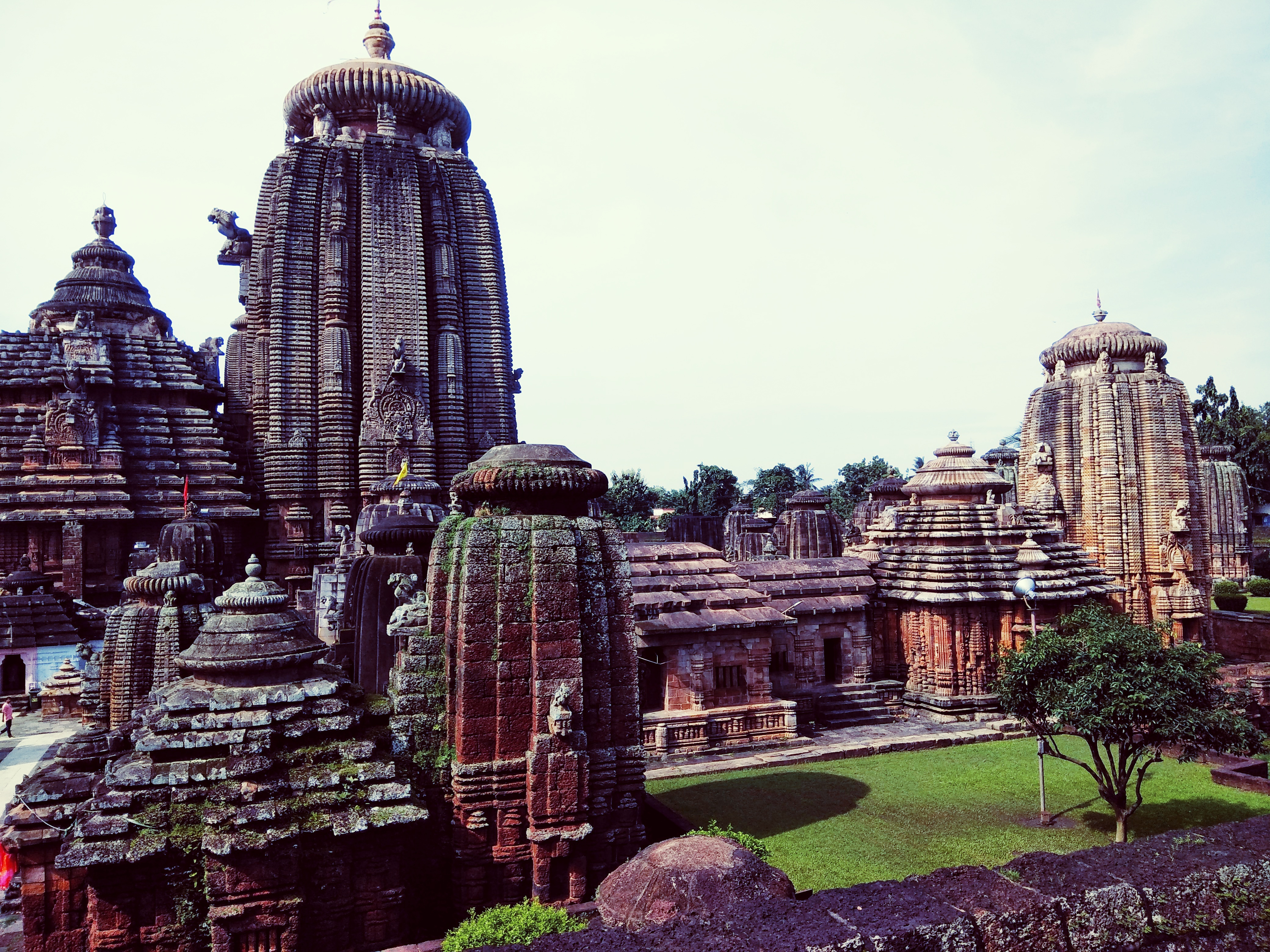|
Kalasam
A kalasam is a finial typically placed atop the towers of Hindu temples. These kalasams, in the form of an inverted pot with a point facing the sky, are prominent elements of temple architecture. Periodic renewal of the temple is called ''samprokshanam'' or ''kumbhabishekam'' (when held as a festival) and focuses on the kalasams. Elaborate rituals are performed along with renewing the temple's physical structures. Most kalasams are made of metal and some of stone. The view of the gopuram A ''gopuram'' or ''gopura'' ( Tamil: கோபுரம், Malayalam: ഗോപുരം, Kannada: ಗೋಪುರ, Telugu: గోపురం) is a monumental entrance tower, usually ornate, at the entrance of a Hindu temple, in the South I ... (temple tower) is one of the important rituals of Hindu worship along with view of '' dwajasthambam'' or ''kodimaram'' (temple flag mast). These ''gopurams'' are usually topped with ornamental kalasams. Some temples have four entrance towers which ... [...More Info...] [...Related Items...] OR: [Wikipedia] [Google] [Baidu] |
Lingaraj Temple, Bhubaneswar (4) - Oct 2010
Lingaraja Temple is a Hindu temple dedicated to Shiva and is one of the oldest temples in Bhubaneswar, the capital of the Indian state of Odisha, India. The temple is the most prominent landmark of Bhubaneswar city and one of the major tourist attractions of the state. The Lingaraja temple is the largest temple in Bhubaneswar. The central tower of the temple is tall. The temple represents the quintessence of the Kalinga architecture and culminating the medieval stages of the architectural tradition at Bhubaneswar. The temple is believed to be built by the kings from the Somavamsi dynasty, with later additions from the Ganga rulers. The temple is built in the ''Deula'' style that has four components namely, ''vimana'' (structure containing the sanctum), ''jagamohana'' (assembly hall), ''natamandira'' (festival hall) and ''bhoga-mandapa'' (hall of offerings), each increasing in the height to its predecessor. The temple complex has 50 other shrines and is enclosed by a large com ... [...More Info...] [...Related Items...] OR: [Wikipedia] [Google] [Baidu] |
Mondipalayam Koil Kalasam
Mondipalayam is a village located in Bhavani taluk, Erode district, Tamil Nadu, India. The village falls under the Mylambadi panchayat. Mondipalayam of Tiruppur district is different from this. Description This village is home to about 50 families. The primary occupations are agriculture and sand quarrying. Agricultural land in this area is very fertile and crops like ground nut, corn, sugar cane and turmeric grow well. Most of the families are affiliated to the Kongu Vellala Gounder community, a sect under Hinduism. A large lake with waters touching the brim is the pinnacle to the wellbeing of the villagers. It serves as a water reserve and is used for irrigational purposes. During summer the temperature shoots up to a maximum of 40ْ c and during winter it is as low as 18ْ C. The villagers worship the goddess Mariamman. Her temple is located in the middle of the village and every year during the month of January, they celebrate the Mariamman Festival. This festivity ta ... [...More Info...] [...Related Items...] OR: [Wikipedia] [Google] [Baidu] |
Gopuram
A ''gopuram'' or ''gopura'' ( Tamil: கோபுரம், Malayalam: ഗോപുരം, Kannada: ಗೋಪುರ, Telugu: గోపురం) is a monumental entrance tower, usually ornate, at the entrance of a Hindu temple, in the South Indian architecture of the Southern Indian states of Tamil Nadu, Andhra Pradesh, Kerala, Karnataka, and Telangana, and Sri Lanka. In other areas of India they are much more modest, while in Southern Indian temples they are very often by far the highest part of the temple. Ancient and early medieval temples feature smaller ''gopuram'', while in later temples they are a prominent feature of Hindu Dravidian style; in many cases the temple compound was expanded and new larger gopuram built along the new boundary. They are topped by the ''kalasam'', a bulbous stone finial. They function as gateways through the walls that surround the temple complex. Another towering structure located towards the center of the temple is the Vimanam. Both of th ... [...More Info...] [...Related Items...] OR: [Wikipedia] [Google] [Baidu] |
Dwajasthambam
The dhvajastambha (ध्वजस्तम्भ) refers to the flagstaff erected in front of the ''mukhamaṇḍapa'' (front pavilion) of a Hindu temple. The ''dhvajastambha'' is usually built within the temple walls (''prākāra''). They are traditionally built of wood and stone, where the wooden variety is often finished with a metal covering (''kavaca''). The dhvajastambha is a common feature in South Indian temples. Two other objects that are grouped together with this flagstaff are the ''bali peetam'' (altar for offerings) and the vehicle (vahana) of the deity, to whom the temple is dedicated. Symbolically, these three objects are shields that protect the sanctuary of the temple from the impure and undevoted. Hiltebeitel, Alf (1991). The Cult of Draupadi, Volume 2: On Hindu Ritual and the Goddess'. University of Chicago Press. . pp. 91-92. See also * Dhvaja * Gopuram * Vahana ''Vahana'' ( sa, वाहन, or animal vehicle, literally "that which carries, that whic ... [...More Info...] [...Related Items...] OR: [Wikipedia] [Google] [Baidu] |
_-_Oct_2010.jpg)

_2019_03.jpg)
.jpg)